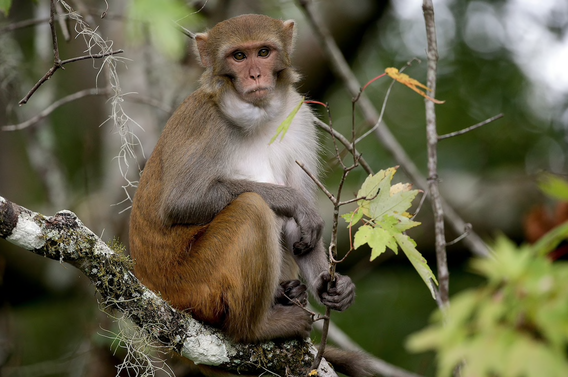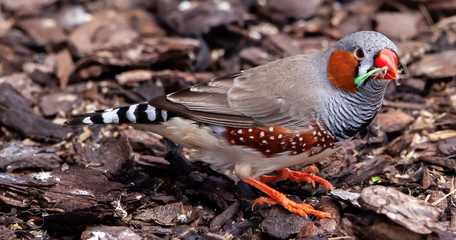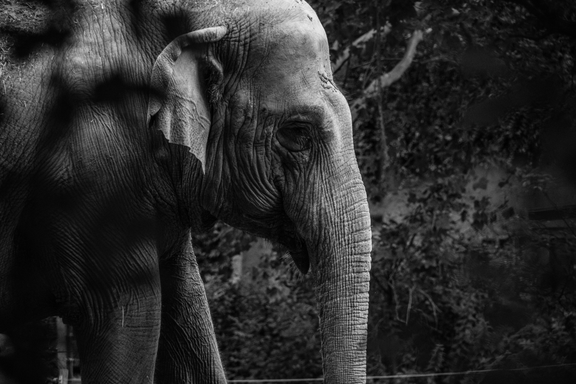|
Florida has been grappling with invasive species like Burmese Pythons, which wreak havoc on native wildlife for decades. Silver Spring State Park in Florida, previously well-known for its pristine forests and wetlands with a spring-fed river flowing right through it & exotic native wildlife, is now home to over 1,000 rhesus macaques.
Native to south and southeast Asia, these monkeys are prolific breeders and consumers. They’re herbivores but also feed on small insects, invertebrates, and bird eggs. This diverse diet combined with occasional feeding by humans has helped them habituate and thrive outside their native range. “A recipe for trouble,” as anthropologist Erin Riley, studying human-animal interactions from San Diego State University, had described. The Silver Spring primates aren’t as afraid of humans as other animals. Though they are skittish around people, their aggressive behavior led to the partial closure of two State parks in 2016 & 2017. A prime reason why a growing population could lead to the increased human-macaques interactions and conflicts. A new study published in the journal Wildlife Management suggests that their population will double by 2022 unless controlled. This ballooning population is a threat to park management and visitors. This is because the macaques carry a rare and deadly form of Herpes virus, Herpes B virus. Though it is extremely rare for Herpes B to spread from a monkey to a human, it can be fatal when it does
1 Comment
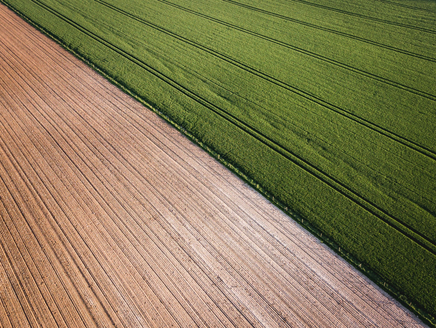 Ivan Bandura on Unsplash Ivan Bandura on Unsplash Man has been engaged in agriculture since the beginning of time. Still, almost 2/3rd of the world population is linked to this occupation. As the human population is expanding, we are getting more and more dependent on this occupation. And this, folks, is what is hurting our earth. Some of those practices will be discussed in this article. As the demand for food worldwide increases, more and more land is cleared by humans to use for agricultural processes. The lands that are cleared are forests or grasslands, which were once supporting a ton of species, and this is what those species have adapted to through millions of years of evolution. Now, as these habitats are cleared, some species adapt to new surroundings, and some just don’t. The species which fail to do so gets wiped out into extinction. This loss of species is very alarming. 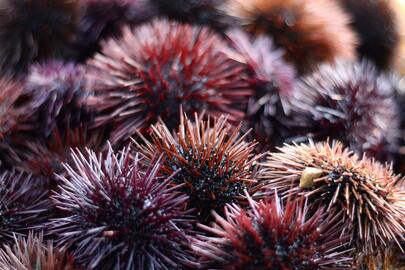 Sonia Kowsar via Unsplash Sonia Kowsar via Unsplash Sea urchins are an animal called Echinoidea that call the ocean bottoms home. They are globular creatures with shells that are covered in spikes. They are sessile and are slow-moving; they move using the tube feet. They usually thrive on algae but can also prey on small sessile beings. They are used by humans in aquariums to control algae. They are also a very popular delicacy around the world. The gonads of the creature are very popular as food. Sea urchins are a novel model for genome study, and their eggs have been used for experimentation as well. They are also studied for their certain characteristics. For example, they do not necessarily fit in the classic definition of aging; they age phenomenally well. These creatures can heal injuries of the spine and regrow their lost appendages. They even retain their healing characteristics throughout their lives. They can even reproduce in their late ages as if they’re still young. At even the micro-level, it has been observed that they do not undergo the age-related telomerase shortening. This study is a new field of research and shows a lot of promise. And above all, the sea urchins have a genome that overlaps with many genes in the human. For example, the gene of a purple sea urchin (Strongylocentrotus purpuratus) was sequenced, and about 23000 genes were found to be common between the sea urchin and humans. These genes are related to ageing disease and chemoreception vision and balance. This research might lead to a greater understanding of vertebrates and might even help us understand the roles of different genes and mechanisms in aging and longevity in humans. Plastic pollution is widely known as the accumulation of those waste products whose major component is plastic. The range of this plastic can be categorized as microplastic if its size is less than 5mm, or it can be categorized as macro plastics. This problem has been on the main headlines of major newspapers for several decades. Moreover, there has been extensive literature that has been cited on the issues of pollution caused by plastic.
Still, there exists a major gap between scientific research and the knowledge scale of the general audience. We should do everything in our power to ensure a smooth transfer of knowledge from our labs to the rooms of common people. There can never be a proper application of scientific discoveries if we fail to deliver them properly to our public. This is the same case in the current matter. COVID-19 is something that has been faced by us all at one level or another. With over 185 Million cases reported worldwide and about 4M deaths in 188 countries, the COVID-19 outbreak has been declared as a fast-spreading pandemic by the United Nations’ World Health Organization. We might differ from one another based on intensity, but the after-effects of this global pandemic have left the whole world in jitters. 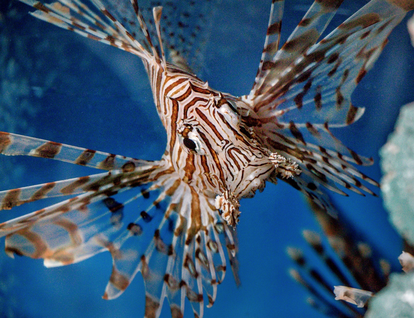 Photo by Ray Harrington on Unsplash Photo by Ray Harrington on Unsplash Lionfish, commonly known as zebrafish, turkey fish, or red firefish, are famous as ornamental aquamarine fish in the U.S. Lionfish is also the first invasive species of fish to establish in the Western Atlantic Ocean, Caribbean coastal waters, and in some parts of the Gulf of Mexico. Two of its indistinguishable species, Pterois volitans and Pterois miles, have been found, and scientists aren’t sure which was first to invade. The invasion started off as a humane act of dumping unwanted lionfish in coastal waters, where it turned out to be the worst man-made ecological disaster ever. In the marine ecosystem, this skilled invader out-breeds and out-competes native fish stock for food and space. The species is potentially harmful to the reef ecosystem. Ecological role of lionfish Lionfish are flamboyantly colorful with widely spaced red/brown stripes and have a long venomous spine. Lionfish can grow up to 20 inches in length and live from 5 to 15 years. They’re the top predators of the reef ecosystem of the Atlantic. Undulating slowly, these red-lionfish ambush their prey that are half of their size by fluttering their outer-stretched pectoral fins and slowly pursue and corner their prey into pockets of coral reef. Small fish do not recognize lionfish as predators. Instead, believes it to be a protector who’s here to shelter them with its long spines, fin rays, and pectoral fins. Lionfish are active nocturnal hunters. During the daytime, they’re found hovering above the reef head, where they gather in groups of up to ten or more. They consume over 50 fish and invertebrate species, some of which are recreationally, ecologically, and economically important. The effects of nighttime lighting on animals have been known for hundreds of years when hunters and fishers would use the light of the flame, lamps, or gas-lit lighthouses to attract their prey to them. But in the past century alone, with artificial light increasing by two percent per year worldwide, the problem of light pollution has become too prevalent.
All species (plants and animals, including humans) are genetically adapted to definitive biological clocks or circadian rhythms. These rhythms are regulated by cues from unchanging days, nights, and seasons, which dictate important life functions and natural behaviors of animals such as sleep-wake cycles, breeding, reproduction, hunting, predation, migration, etc. But, these cycles have been long disturbed by humans lighting up the night. Songbirds and humans both learn language by listening to and imitating others! Zebra finches (Taeniopygia guttata) are a very common bird found almost in all parts of Australia. They are native to Australia, but they were also introduced in Puerto Rico and Portugal and can now be found there as well.
Australian zebra finches, which weigh less than half an ounce, are known to be loud singers. But only the male has the singing ability; the male uses his boisterous songs to attract females. However, both males and females can produce calls; they produce about 10 different types of calls. The species is well known for being the first wild bird whose genetic code has been cracked, after the chicken, and some 800 genes have been found, which have seemed to have a link with the song learning. The red-beaked young males usually start vocalization by babbling, much like a human toddler, and learn songs by imitating their elders. Similarities can be found in the songs of these birds, a fact stated by Aristotle over 2,000 years ago in his “Historia Animalium (History of Animals).” The sweet twittering songs comprise only a small number of 3 to 8 distinct syllables; short, buzzy sounds with a distinctive structure and repeat in a fixed order. Black market trade of wild animals and plants, living or dead, for their parts or products derived from them, is a multibillion-dollar business, third only to drugs and arms. The illegal wildlife trade generates a hefty sum of $5 to $20 billion per year.
The black market trade of wildlife is both unethical and unsustainable. Endangered species are the common contraband for their rarity and economic values of exotic products. But, not all wildlife trade is illegal! Many wildlife species are exclusively bred and harvested for their legitimate trade as food sources, pets, ornamental values, touristic and medicinal purposes. Things get messy when wildlife trade escalates unsustainably, negatively impacting the natural resources, biodiversity, and local businesses in the region that might benefit from the tourism and legal trade. Nonetheless, the line between legal and illegal trade has been blurred with poachers trying to pass off their illicit wildlife products as legal. Captive breeding of wildlife species for such products spikes the demand and increases poaching in the wild. But the question arises, “Why would someone covet the word’s most charismatic wildlife species?” The answer is simple! Some animals like African Gray Parrots, cuddly Asian Otters, and squirrels are desired as pets, pangolin meat and shark fins as a delicacy; and the body parts of tigers, bears, and pangolins are used in traditional Asian medicines; while elephant ivory, and tiger skins and bones are often traded as souvenirs or as a status symbol. Cryptocurrency was a relatively obscure term and was not really spoken about out loud ten years back. But now it’s a whole new ball game with the cryptocurrency of different origins and names having a worth up to 70,000 dollars a coin at its peak. What is the basic definition of this cryptocurrency? It is a virtual currency that uses complex encryption algorithms. It is highly decentralized, and it is highly secure, and has a zero chance of being counterfeited.
The most famous one is Bitcoin. It was made by a group of unknown people, and all there is to remember them by is the pseudonym: Satoshi Nakamoto. Bitcoins which are now synonymous with the word cryptocurrency, have taken the world by storm. From relatively obscure to a full-blown phenomenon, especially after the series of tweets by Tech Giants are turning heads and appear to be a brilliant investment opportunity for many people. The investment in them is one that can have a huge upside and great returns. But will they make paper currency and coins a thing of the past? And what are the effects of cryptocurrency on the environment? The 2021 theme for World Day to Combat Desertification and Drought is Restoration, land, and recovery. We build back better with healthy land. It highlights the need for land restoration and reclamation of the natural ecosystem for a greener environment and economy. 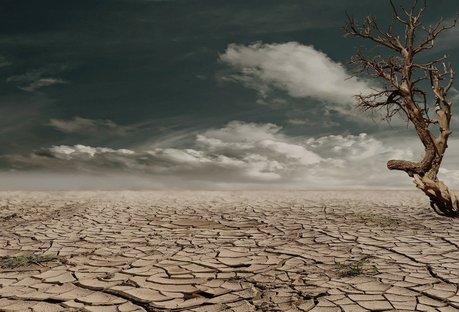 Image by Marion from Pixabay Image by Marion from Pixabay The human-induced degradation of arid, semi-arid, or sub-humid land (collectively known as dryland) and loss of vegetative cover are termed Desertification. The term might have pulled out a Sahara Desert sketch or any other desert in your mind. However, it is not limited to one. It encompasses all the changes in soil quality, vegetative cover, water resources, wildlife, and land-use changes. The United Nations Convention to Combat Desertification (UNCCD), established by the United Nations in 1994, defines drylands as “areas other than polar and sub-polar regions where the ratio of annual precipitation to potential evapotranspiration ranges between 0.05 to 0.65 or 5% to 65%”. Desertification hardly hits the drylands as these regions receive little or no annual precipitation. |
|
|
(833) CMS-LINE
(833) 267-5463 PO Box 13477 Mill Creek, Wa, 98082 © Conservation Made Simple. All rights reserved.
501(c)(3) Non-Profit, Tax ID#: 82-1646340 Copyright © 2021 Conservation Made Simple |

